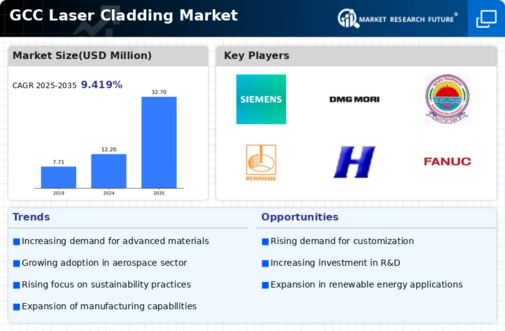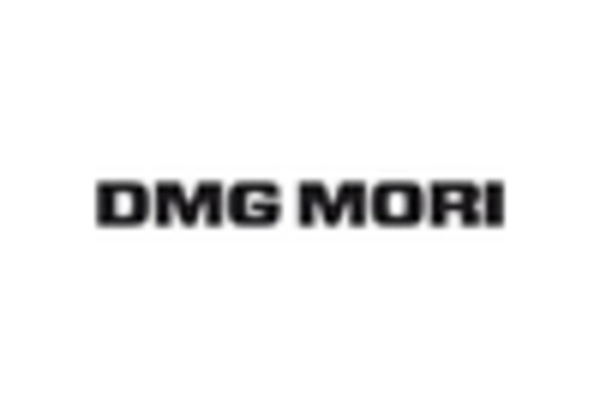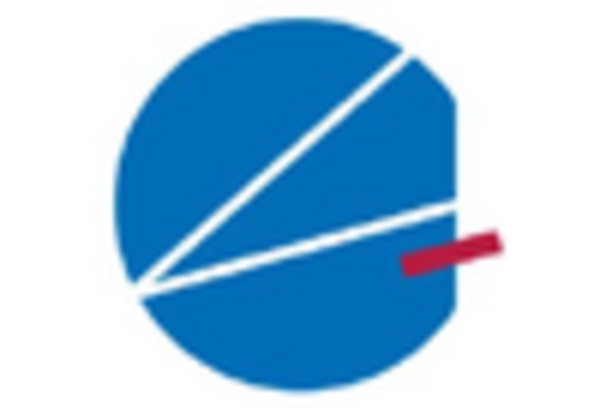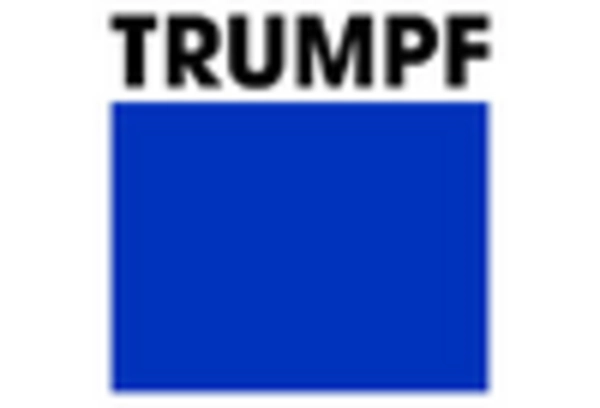Advancements in Material Science
Recent advancements in material science are influencing the laser cladding market, particularly in the GCC region. The development of new alloys and composite materials is enabling more effective cladding solutions, which can enhance the performance of various components. This trend is likely to drive the adoption of laser cladding technology across multiple industries, including oil and gas, aerospace, and automotive. As manufacturers in the GCC seek to leverage these advancements to improve product quality and reduce costs, the laser cladding market is expected to experience significant growth, potentially reaching a valuation of $500 million by 2027.
Rising Demand in Oil and Gas Sector
The oil and gas sector in the GCC is experiencing a notable resurgence, which appears to be driving the demand for advanced manufacturing techniques, including laser cladding. This technology is increasingly utilized for repairing and enhancing the durability of components used in harsh environments. The laser cladding market is likely to benefit from this trend, as companies seek to extend the lifespan of their equipment and reduce maintenance costs. With the GCC's oil and gas industry projected to grow at a CAGR of approximately 4.5% over the next few years, the adoption of laser cladding solutions is expected to rise significantly, thereby bolstering the market's growth.
Emerging Applications in Renewable Energy
As the GCC diversifies its energy portfolio, there is a growing interest in renewable energy sources, such as solar and wind power. Laser cladding technology is finding new applications in the manufacturing of components for renewable energy systems, which may enhance their efficiency and lifespan. The laser cladding market is likely to benefit from this shift, as companies look for ways to improve the performance of renewable energy technologies. With investments in renewable energy in the GCC projected to exceed $100 billion by 2030, the potential for laser cladding applications in this sector appears promising.
Increased Focus on Aerospace Applications
The aerospace industry in the GCC is expanding, with several countries investing heavily in aviation infrastructure and manufacturing capabilities. This growth is likely to create a substantial demand for laser cladding technology, which is used for repairing and enhancing aircraft components. The laser cladding market is poised to benefit from this trend, as it offers solutions that improve the performance and longevity of critical aerospace parts. As the GCC aims to increase its share in The laser cladding market, estimated to reach $1 trillion by 2030, the integration of advanced technologies like laser cladding will be essential for maintaining competitive advantage.
Growing Adoption in Automotive Manufacturing
The automotive sector in the GCC is undergoing a transformation, with a shift towards more advanced manufacturing processes. Laser cladding technology is becoming increasingly relevant in this context, as it allows for the production of high-performance components with enhanced wear resistance. The laser cladding market is likely to see growth as automotive manufacturers seek to improve the efficiency and durability of their products. With the GCC automotive market projected to reach $30 billion by 2026, the demand for innovative manufacturing solutions, including laser cladding, is expected to rise, further driving market expansion.

















Leave a Comment